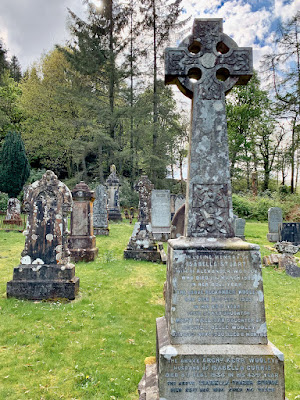ground—emulsified—petrified—gradations stations seams—such as the world. Or time. Sintering, fusing. Such that the thing before you appears whole. Is whole. Also holy.
—Jorie Graham, from The Enmeshments in Fast (2017)
In each book — A Land & The Book of Unconformities — the writer considers the passionate human relationship with stone, rock, the Earth. Deeper, the shifting relationship of the evolving, living, planet to the human endeavor.
Anthropologist Hugh Raffles, who grew up in London and lives in New York City, writing in The Book of Unconformities: Speculations on Lost Time (2020): Stone persists, perhaps for eternity, requiring only to be animated. The frustration is that this archaeological animation—ultimately simply the rediscovery of the animating principles of its time—relies on the conceptual and theoretical repertoire of our own time … a repertoire too distant and disenchanted for the task. Still, this is the alluring gap that these stones open, evidence, but refuse to fill …
CLICK on any photo to enlarge
Images. Isle of Arran, western Scotland. Photos by Douglas Beauchamp, Spring 2019.
—Standing Stone, Machrie Moor
—Cupules, surface detail of the Standing Stone, above
—Standing Stone, Machrie Moor
—Old Graveyard, originally associated with Glenshurig church (demolished in 1931), near Brodick. Mesolithic (8000 years bp) occupation is documented at Glenshurig, Machrie Moor, and several other sites in Arran.
—Stronach Ridge, Cup-and-Ring Marked Bedrock (detail), Isle of Arran. A mile walk into Stronach Wood from the Glenshurig area,
—Standing Stone, Doon (Fort), on Drumadoon Point, a headland north Blackwaterfoot, Isle of Arran. This upright stone is the only visible feature in the 12-acre fort, the largest on Arran, encompassed by cliffs and a running wall.





